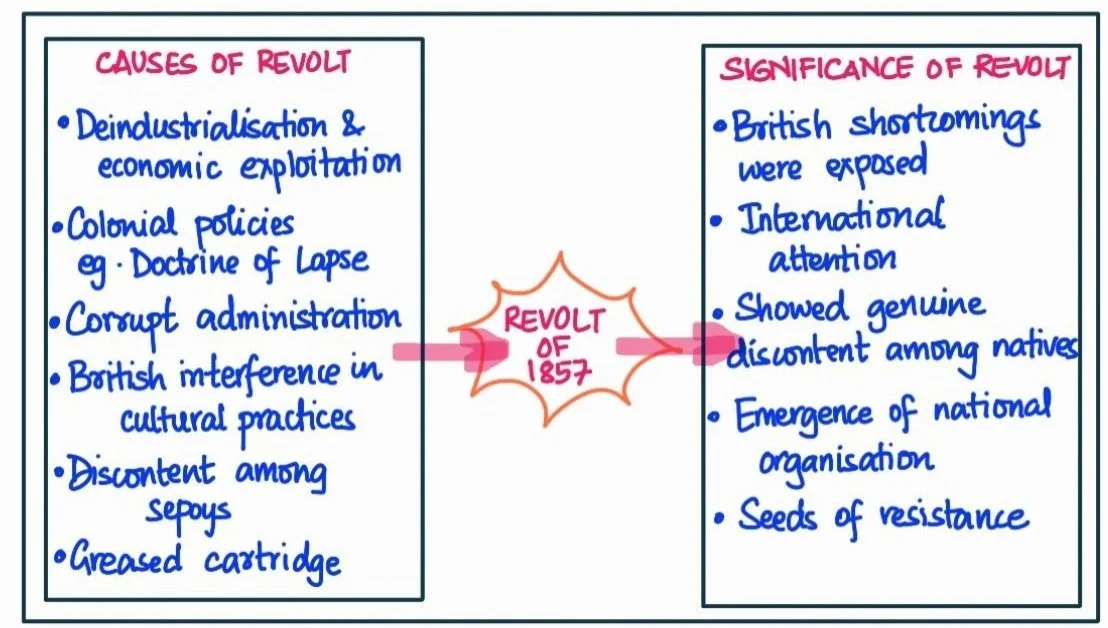![]() 25 Jun 2024
25 Jun 2024
Following the Indian Rebellion of 1857, the British East India Company retaliated with brutal force, quashing the uprising and reasserting colonial control. The aftermath saw widespread repercussions, including significant loss of life, punitive measures against Indian civilians, and the eventual dissolution of the Company’s rule, leading to direct British governance over India.
Aggressive Stance: Shocked by the rebellion’s magnitude, the Company acted aggressively to suppress it.
Realisation: The British realized that heavy-handed policies had provoked the rebellion and started a new phase in Indian history with these changes.

The Khurda Uprising – A SynopsisBackdrop:
Conditions Leading to Revolt:
Revolt:
British Response:
End of the Rebellion:
Post-rebellion Policies:
Significance:
Terming the Khurda revolt merely as a “Paik Rebellion” indeed does not capture its breadth and depth. It was an early indication of widespread resistance against British policies, predating the more famous 1857 Revolt. |
| Must Read | |
| Current Affairs | Editorial Analysis |
| Upsc Notes | Upsc Blogs |
| NCERT Notes | Free Main Answer Writing |
A Watershed Moment: The Revolt of 1857 was a watershed moment, heralding a shift in British colonial policies while highlighting the deep-seated resentments against foreign rule among the Indian populace.
<div class="new-fform">
</div>